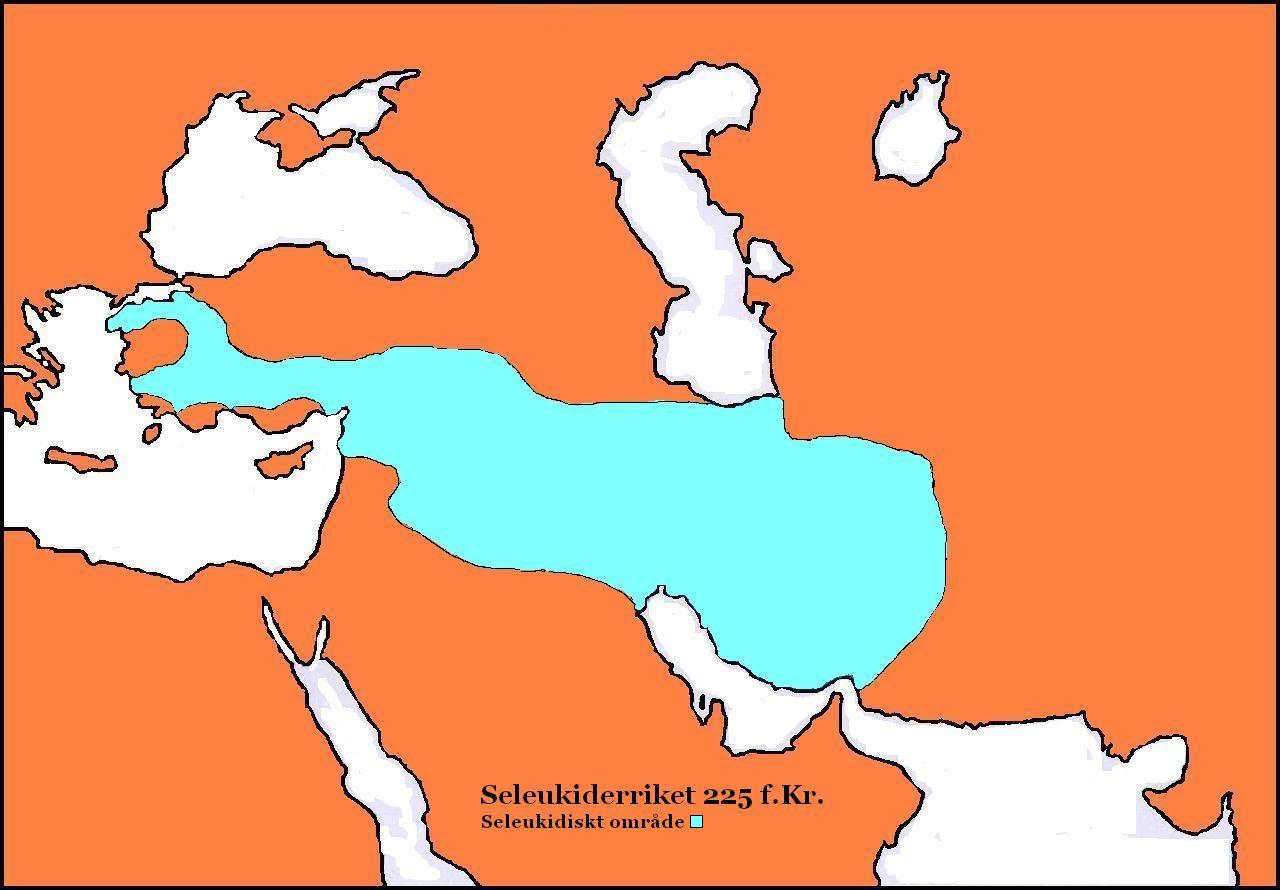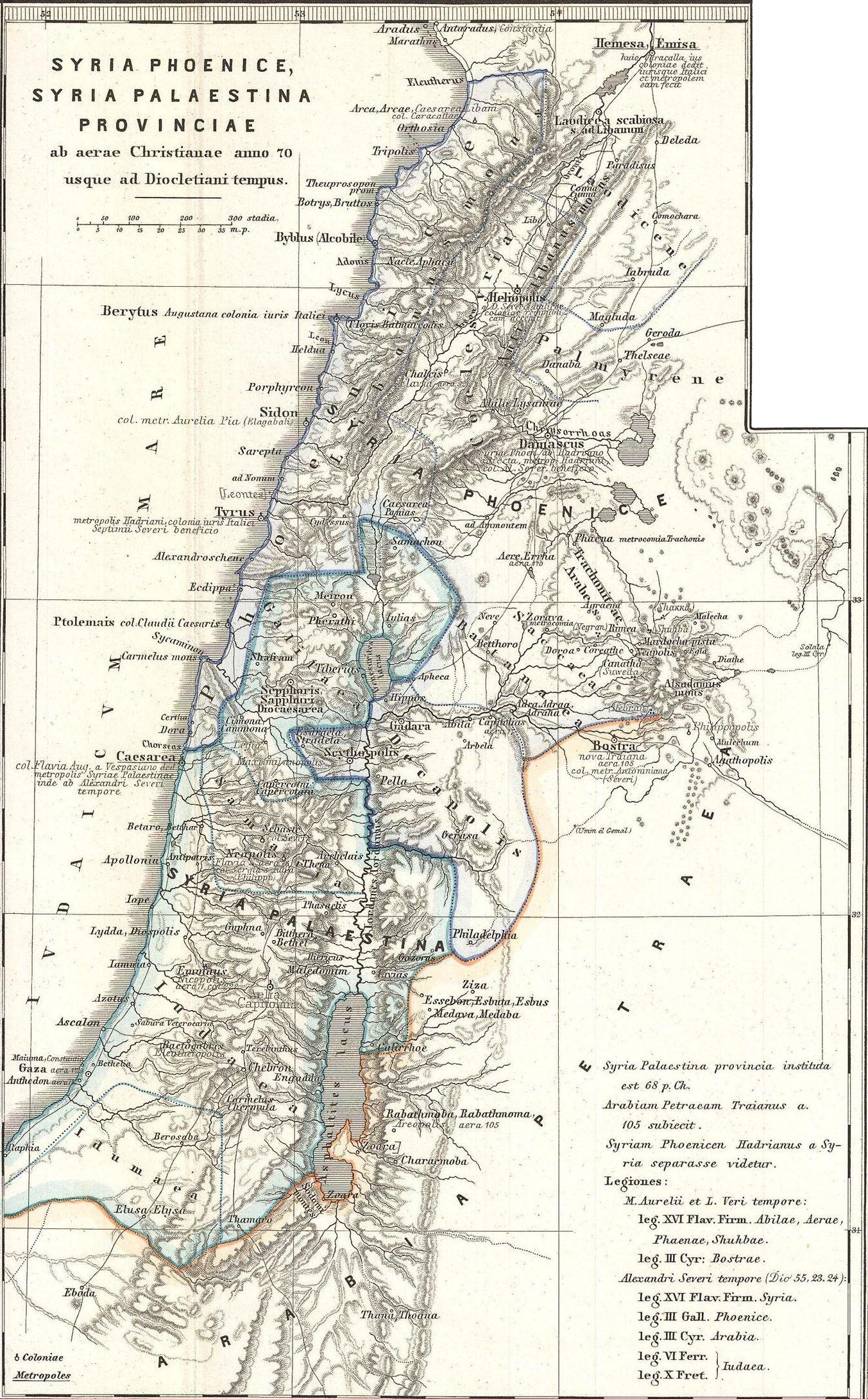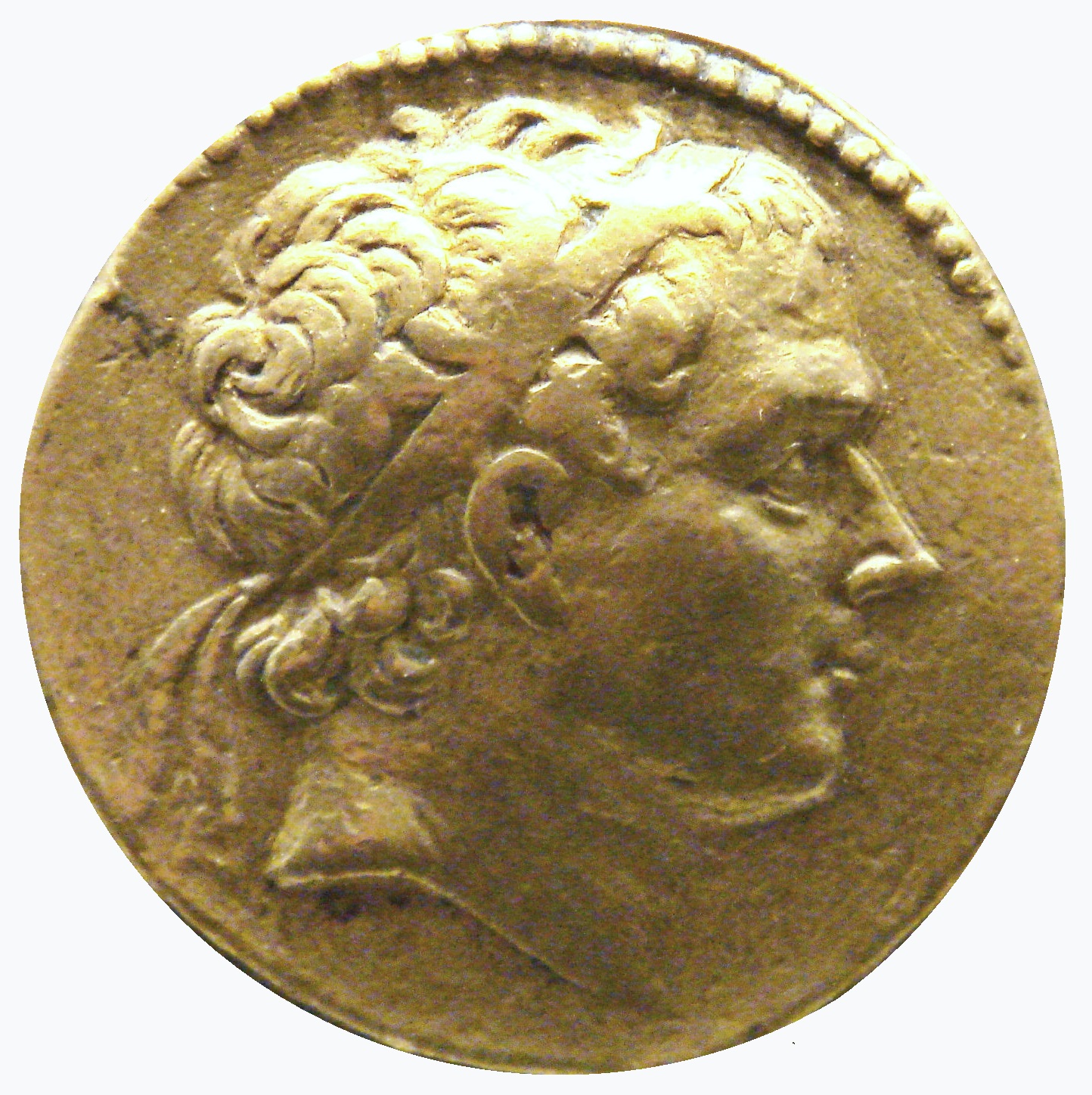|
Scopas Of Aetolia
Scopas ( el, Σκόπας) was an Aetolian general, who served both his native Aetolian League in the Social War (220–217 BC) and Ptolemaic Egypt against the Seleucids, with mixed success. He was executed in 196 BC at Alexandria for conspiring to seize the power of the realm for himself. Service in the Social War At the period of the outbreak of the Social War (220–217 BC), he held a leading position among his countrymen. He was a kinsman of Ariston (strategos), Ariston, who at this time held the office of strategos in the Aetolian League, and the latter confided to him the chief conduct of affairs. On this account it was to Scopas that Dorimachus applied for assistance after the ill success of his predatory expedition against Messenia, and although no pretext had been given for involving the Aetolians in war, these two generals were bold enough to undertake the enterprise on their own account. Accordingly, in the spring of 220 BC they led an expedition against the Messenians, a ... [...More Info...] [...Related Items...] OR: [Wikipedia] [Google] [Baidu] |
Aetolia
Aetolia ( el, Αἰτωλία, Aἰtōlía) is a mountainous region of Greece on the north coast of the Gulf of Corinth, forming the eastern part of the modern regional units of Greece, regional unit of Aetolia-Acarnania. Geography The Achelous River separates Aetolia from Acarnania to the west; on the north it had boundaries with Epirus and Thessaly; on the east with the Ozolian Locrians; and on the south the entrance to the Corinthian Gulf defined the limits of Aetolia. In classical times Aetolia comprised two parts: "Old Aetolia" ( el, Παλιά Αιτωλία, Paliá Aitolía) in the west, from the Achelous to the Evinos, Evenus and Calydon; and "New Aetolia" ( el, Νέα Αιτωλία, Néa Aitolía) or "Acquired Aetolia" ( el, Αἰτωλία Ἐπίκτητος, Aitolía Epíktitos) in the east, from the Evenus and Calydon to the Ozolian Locrians. The country has a level and fruitful coastal region, but an unproductive and mountainous interior. The mountains contained m ... [...More Info...] [...Related Items...] OR: [Wikipedia] [Google] [Baidu] |
Dion, Pieria
Dion ( el, Δίον; grc, Δῖον; la, Dium) is a village and municipal unit in the municipality of Dion-Olympos in the Pieria regional unit, Greece. It is located at the foot of Mount Olympus at a distance of 17 km from the capital city of Katerini. It is best known for its great ancient Macedonian sanctuary of Zeus and the ancient city, much of which is visible in the Archaeological Park of Dion and the Archaeological Museum of Dion. History The ancient city owes its name to the most important Macedonian sanctuary dedicated to Zeus (''Dios'', "of Zeus"), leader of the gods who dwelt on Mount Olympus; as recorded by Hesiod's ''Catalogue of Women'', Thyia, daughter of Deucalion, bore Zeus two sons, Magnes and Makednos, eponyms of Magnetes and Macedonians, who dwelt in Pieria at the foot of Mount Olympus. Hence from very ancient times, a large altar had been set up for the worship of Olympian Zeus and his daughters, the Muses, in a unique environment charact ... [...More Info...] [...Related Items...] OR: [Wikipedia] [Google] [Baidu] |
Sidon
Sidon ( ; he, צִידוֹן, ''Ṣīḏōn'') known locally as Sayda or Saida ( ar, صيدا ''Ṣaydā''), is the third-largest city in Lebanon. It is located in the South Governorate, of which it is the capital, on the Mediterranean coast. Tyre to the south and Lebanese capital Beirut to the north are both about away. Sidon has a population of about 80,000 within city limits, while its metropolitan area has more than a quarter-million inhabitants. Name The Phoenician name ''Ṣīdūn'' (, ) probably meant "fishery" or "fishing town". It is mentioned in Papyrus Anastasi I as Djedouna. It appears in Biblical Hebrew as ''Ṣīḏōn'' ( he, צִידוֹן) and in Syriac as ''Ṣidon'' (). This was Hellenised as ''Sidṓn'' ( grc-gre, Σιδών), which was Latinised as '. The name appears in Classical Arabic as ''Ṣaydūn'' () and in Modern Arabic as ''Ṣaydā'' (). As a Roman colony, it was notionally refounded and given the formal name ' to honour its imperial sp ... [...More Info...] [...Related Items...] OR: [Wikipedia] [Google] [Baidu] |
Battle Of Panium
The Battle of Panium (also known as Paneion, grc, Πάνειον, or Paneas, Πανειάς) was fought in 200 BC near Paneas (Caesarea Philippi) between Seleucid and Ptolemaic forces as part of the Fifth Syrian War. The Seleucids were led by Antiochus III the Great, while the Ptolemaic army was led by Scopas of Aetolia. The Seleucids achieved a complete victory, annihilating the Ptolemaic army and conquering the province of Coele-Syria. The Ptolemaic Kingdom never recovered from its defeat at Panium and ceased to be an independent great power. Antiochus secured his southern flank and began to concentrate on the looming conflict with the Roman Republic. Background In 202 BC, Ptolemy son of Thraseas, the Ptolemaic governor of Coele-Syria, defected to the side of Antiochus III the Great, the ruler of the Seleucid Empire. Antiochus invaded and occupied most of the province, including the city of Gaza, by the autumn of 201 BC, when he returned to winter quarters in Syria. The Pt ... [...More Info...] [...Related Items...] OR: [Wikipedia] [Google] [Baidu] |
Judea
Judea or Judaea ( or ; from he, יהודה, Hebrew language#Modern Hebrew, Standard ''Yəhūda'', Tiberian vocalization, Tiberian ''Yehūḏā''; el, Ἰουδαία, ; la, Iūdaea) is an ancient, historic, Biblical Hebrew, contemporaneous Latin, and the modern-day name of the mountainous southern part of the modern States of State of Palestine, Palestine and Israel. The name originates from the Hebrew name Judah (son of Jacob), Yehudah, a son of the biblical Patriarchs (Bible), patriarch Jacob, Jacob/Israel, with Yehudah's progeny forming the biblical Israelite tribe of Judah (Yehudah) and later the associated Kingdom of Judah. Related nomenclature continued to be used by the Babylonians, Achaemenid Empire, Persian, Hellenistic period, Hellenistic, and Roman Empire, Roman periods as the Yehud (Babylonian province), Babylonian and Yehud (Persian province), Persian Yehud, Hasmonean Kingdom, Hasmonean Kingdom of Judea, and consequently Herodian Kingdom, Herodian and Judea (Rom ... [...More Info...] [...Related Items...] OR: [Wikipedia] [Google] [Baidu] |
Antiochus The Great
Antiochus III the Great (; grc-gre, Ἀντίoχoς Μέγας ; c. 2413 July 187 BC) was a Greek Hellenistic king and the 6th ruler of the Seleucid Empire, reigning from 222 to 187 BC. He ruled over the region of Syria and large parts of the rest of western Asia towards the end of the 3rd century BC. Rising to the throne at the age of eighteen in 222 BC, his early campaigns against the Ptolemaic Kingdom were unsuccessful, but in the following years Antiochus gained several military victories and substantially expanded the empire's territory. His traditional designation, ''the Great'', reflects an epithet he assumed. He also assumed the title ''Basileus Megas'' (Greek for "Great King"), the traditional title of the Persian kings. A militarily active ruler, Antiochus restored much of the territory of the Seleucid Empire, before suffering a serious setback, towards the end of his reign, in his war against Rome. Declaring himself the "champion of Greek freedom against Roman domina ... [...More Info...] [...Related Items...] OR: [Wikipedia] [Google] [Baidu] |
Coele-Syria
Coele-Syria (, also spelt Coele Syria, Coelesyria, Celesyria) alternatively Coelo-Syria or Coelosyria (; grc-gre, Κοίλη Συρία, ''Koílē Syría'', 'Hollow Syria'; lat, Cœlē Syria or ), was a region of Syria (region), Syria in classical antiquity. It probably derived from the Aramaic word for all of the Syria (region), region of Syria, but it was most often applied to the Beqaa Valley between the Mount Lebanon, Lebanon and the Anti-Lebanon Mountains, Anti-Lebanon mountain ranges. The area is now part of the modern-day Syria and Lebanon. Name It is widely accepted that the term Coele is a transcription of Aramaic ''kul'', meaning "all, the entire", such that the term originally identified ''all'' of Syria.A History of the ... [...More Info...] [...Related Items...] OR: [Wikipedia] [Google] [Baidu] |
Ptolemy V Epiphanes
egy, Iwaennetjerwymerwyitu Seteppah Userkare Sekhem-ankhamun Clayton (2006) p. 208. , predecessor = Ptolemy IV , successor = Ptolemy VI , horus = '' ḥwnw-ḫꜤj-m-nsw-ḥr-st-jt.f''''Khunukhaiemnisutkhersetitef'' The youth who has appeared as king on his father's throne , horus_hiero = H-wn:n-nw:W-A17-xa:a:W*Z4-Aa15:sw*A43-D2:Z1-Q1-t:O1-t:f:Z1:f , nebty = ''wr-pḥtj smn-tꜢwj snfr-tꜢmrj mnḥ-jb-ḫr-nṯrw''''Werpehty Sementawy Senefertameri Menekhibkhernetjeru''The one great of strength, who has established the Two Lands and made Ta-mery perfect (by) being efficacious before the gods , nebty_hiero = wr:r-F9*F9:Z9:D40-s-U32-wAD-M24-s-nfr-N16:N21\*N21:O5*t:O49-mnx-ib:Z1-x:r-nTr*Z1-nTr*Z1-nTr*Z1 , golden = '' wꜢḏ-Ꜥnḫ-n-ḥnmmt nb-ḥbw-sd-mj-ptḥ jty-mj-rꜤ''''Wadjankhenkhenmemet Nebkhebusedmiptah Itymire'' The one who has made the life of mankind flourish, a possessor of Sed festivals like Ptah and a sovereign like Ra , golden_h ... [...More Info...] [...Related Items...] OR: [Wikipedia] [Google] [Baidu] |
Phocis
Phocis ( el, Φωκίδα ; grc, Φωκίς) is one of the regional units of Greece. It is part of the administrative region of Central Greece. It stretches from the western mountainsides of Parnassus on the east to the mountain range of Vardousia on the west, upon the Gulf of Corinth. It is named after the ancient region of Phocis, but the modern regional unit also includes parts of ancient Aetolia, Locris and Doris. Geography Modern Phocis has an area of 2120 km² (819 mi²), of which 560 km² (216 mi²) are forested, 36 km² (14 mi²) are plains, and the remainder is mountainous. The massive ridge of Parnassus (2,459 m/8,068 ft), which traverses the heart of the country, divides it into two distinct portions. The neighbouring prefectures are Aetolia-Acarnania to the west, Phthiotis to the north and Boeotia to the east. It also shares a tiny border with Evrytania. Much of the south and east are deforested and rocky and mountainous while th ... [...More Info...] [...Related Items...] OR: [Wikipedia] [Google] [Baidu] |
Anticyra
Antikyra or Anticyra ( el, Αντίκυρα) is a port on the west coast of the Gulf of Antikyra named after it. That gulf is a north-coast bay of the Gulf of Corinth. The settlement was made basically on a floor and beach fringing the northeast side of the mountainous Desfina Peninsula. Inscriptional evidence in the region proves that it has been continuous under the same name since classical Greece. Pausanias, an ancient writer, believed that at the beginning of the classical period it had two names, Antikyra and an earlier, Homeric name. Considering that the archaeology from that specific location dates only from the Geometric period, Pausanias' belief about the earlier antiquity of the site is suspect. However, tombs from Medeon across the gulf date to the Middle Helladic (Middle Bronze Age) period, and the Desfina Peninsula as well as the Pleistos river valley were populated during the Mycenaean Period (Late Bronze Age). Although Antikyra does not appear in the Homeric Catal ... [...More Info...] [...Related Items...] OR: [Wikipedia] [Google] [Baidu] |
Marcus Valerius Laevinus
Marcus Valerius Laevinus (c. 260 BC200 BC) was a Roman consul and commander who rose to prominence during the Second Punic War and corresponding First Macedonian War. A member of the ''gens Valeria'', an old patrician family believed to have migrated to Rome under the Sabine king T. Tatius, Laevinus played an integral role in the containment of the Macedonian threat. Background and early career Laevinus was the son of P. Valerius Laevinus, and grandson of P. Valerius Laevinus. The latter may have been the consul of 280 BC whom Pyrrhus of Epirus defeated at Heraclea. Praetor of Sicily in 227. M. Laevinus was first elected consul in 220. His consulship, however, was annulled, likely due to accusations of a faulty election. In 215, during the Second Punic War, Laevinus was elected praetor peregrinus with command of the Roman forces in Apulia. Stationed in Brundisium, Laevinus was appointed to act as a deterrent to any potential advance from the Macedonian king, Philip V, who ... [...More Info...] [...Related Items...] OR: [Wikipedia] [Google] [Baidu] |
Praetor
Praetor ( , ), also pretor, was the title granted by the government of Ancient Rome to a man acting in one of two official capacities: (i) the commander of an army, and (ii) as an elected '' magistratus'' (magistrate), assigned to discharge various duties. The functions of the magistracy, the ''praetura'' (praetorship), are described by the adjective: the ''praetoria potestas'' (praetorian power), the ''praetorium imperium'' (praetorian authority), and the ''praetorium ius'' (praetorian law), the legal precedents established by the ''praetores'' (praetors). ''Praetorium'', as a substantive, denoted the location from which the praetor exercised his authority, either the headquarters of his '' castra'', the courthouse (tribunal) of his judiciary, or the city hall of his provincial governorship. History of the title The status of the ''praetor'' in the early republic is unclear. The traditional account from Livy claims that the praetorship was created by the Sextian-Licinian Rogatio ... [...More Info...] [...Related Items...] OR: [Wikipedia] [Google] [Baidu] |






